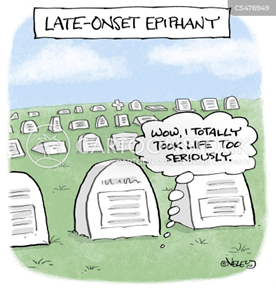esselte said:
Langlands program
https://en.wikipedia.org/wiki/Langlands_program
In representation theory and algebraic number theory, the Langlands program is a web of far-reaching and influential conjectures about connections between number theory and geometry. Proposed by Robert Langlands, it seeks to relate Galois groups in algebraic number theory to automorphic forms and representation theory of algebraic groups over local fields and adeles. Widely seen as the single biggest project in modern mathematical research, the Langlands program has been described by Edward Frenkel as “a kind of grand unified theory of mathematics.”….
Nice
esselte said:
“As the program posits a powerful connection between analytic number theory and generalizations of algebraic geometry, the idea of ‘functoriality’ between abstract algebraic representations of number fields and their analytical prime constructions, results in powerful functional tools allowing an exact quantification of prime distributions. This in turn, yields the capacity for classification of diophantine equations and further abstractions of algebraic functions.
“Furthermore, if the reciprocity of such generalized algebras for the posited objects exists, and if their analytical functions can be shown to be well defined, some very deep results in mathematics can be within reach of proof; such as rational solutions of elliptic curves, topological construction of algebraic varieties, and the famous Riemann hypothesis, through abstract solutions in objects of generalized analytical series. Where each of which, relates to the invariance within structures of number fields.
“Additionally some connections between the Langlands program and M theory have been posited, as their dualities connect in nontrivial ways, providing potential exact solutions in superstring theory (as was similarly done in group theory through monstrous moonshine).
“Simply put, the Langlands project implies a deep and powerful framework of solutions, which touches the most fundamental areas of mathematics, through high-order generalizations in exact solutions of algebraic equations, with analytical functions, as embedded in geometric forms. It allows a unification of many distant mathematical fields into a formalism of powerful analytical methods.
Thanks!
My own mathematical contribution from a couple of years ago was to use Robinson’s hyperreal numbers (∞≠∞+1) instead of real numbers to evaluate integrals produced by quantum chromodynamics. It worked, and I found that physicists were already using it in their “renormalisation”, without bothering to tell the mathematicians. Or to put it another words, physicists were already successfully extending mathematics beyond the axioms of the standard model of mathematics. Or to put it another way, beyond the scope of the Langlands project. ;-)
> Langlands proved the Langlands conjectures for groups over the archimedean local fields R {\displaystyle \mathbb {R} } \mathbb {R} (the real numbers).
But my work went beyond that to tie quantum theory into the non-archmedean numbers.
—-
From the web.
> 5 Signs You Take Yourself Too Seriously
> 4. You always need a goal to chase in order to feel happy.
> Humans are goal-oriented creatures by nature. We want to have something to set our sights on, something to work towards, and something to accomplish. Having a dream and going after it is great, but not when it takes you out of the present moment and prevents you from enjoying life in the now. Just because you have something you want to achieve in the future, doesn’t mean you can’t embrace the present. If you can’t feel happy without having something to work towards constantly, you might be taking yourself too seriously. Try to enjoy the little things about life, and remember what truly matters: your family, friends, health, and how you treat others.
Oops, so I don’t need something to look forward to in order to be happy. I’d better remember that.

